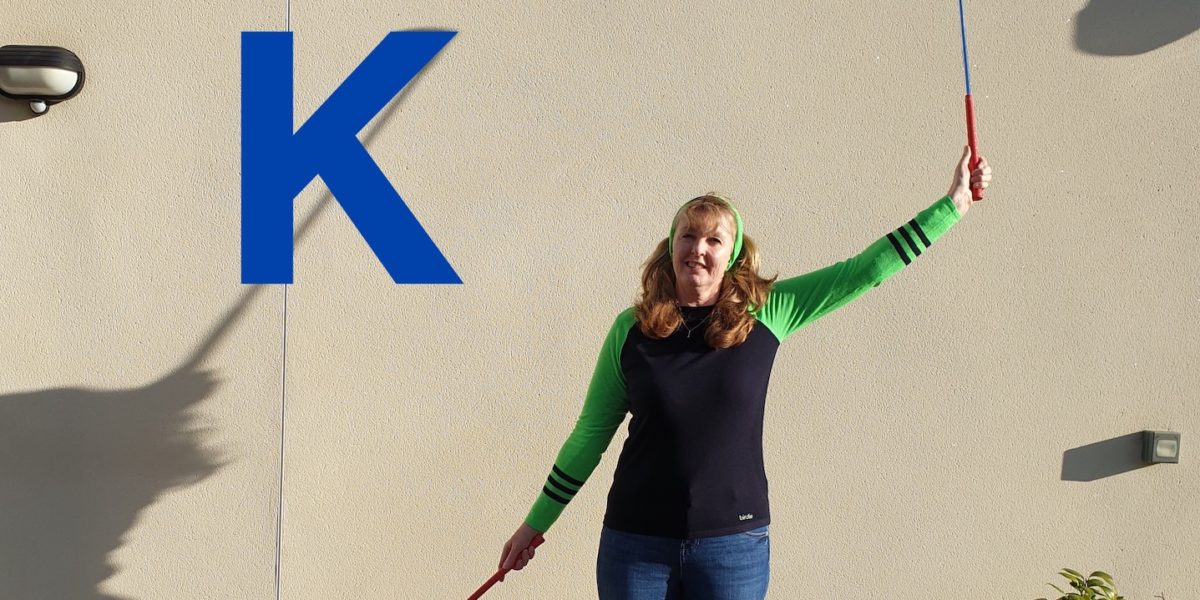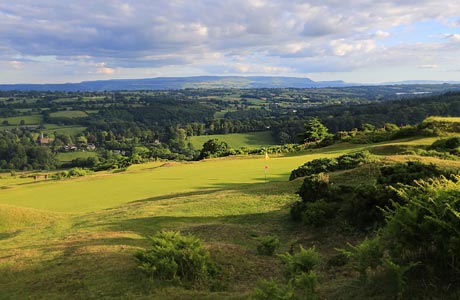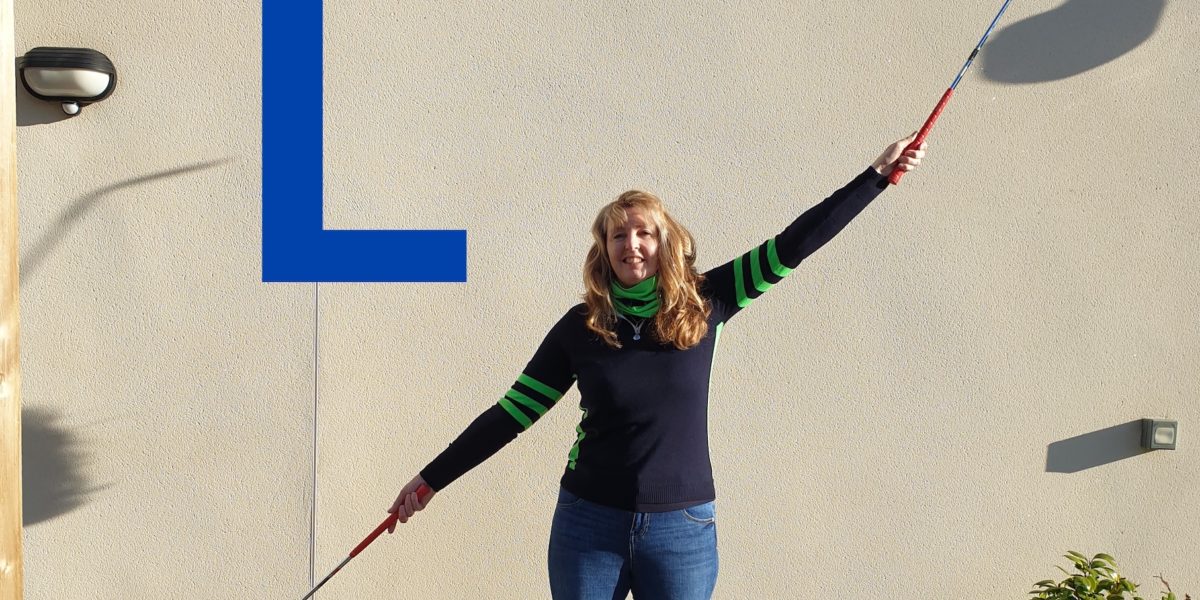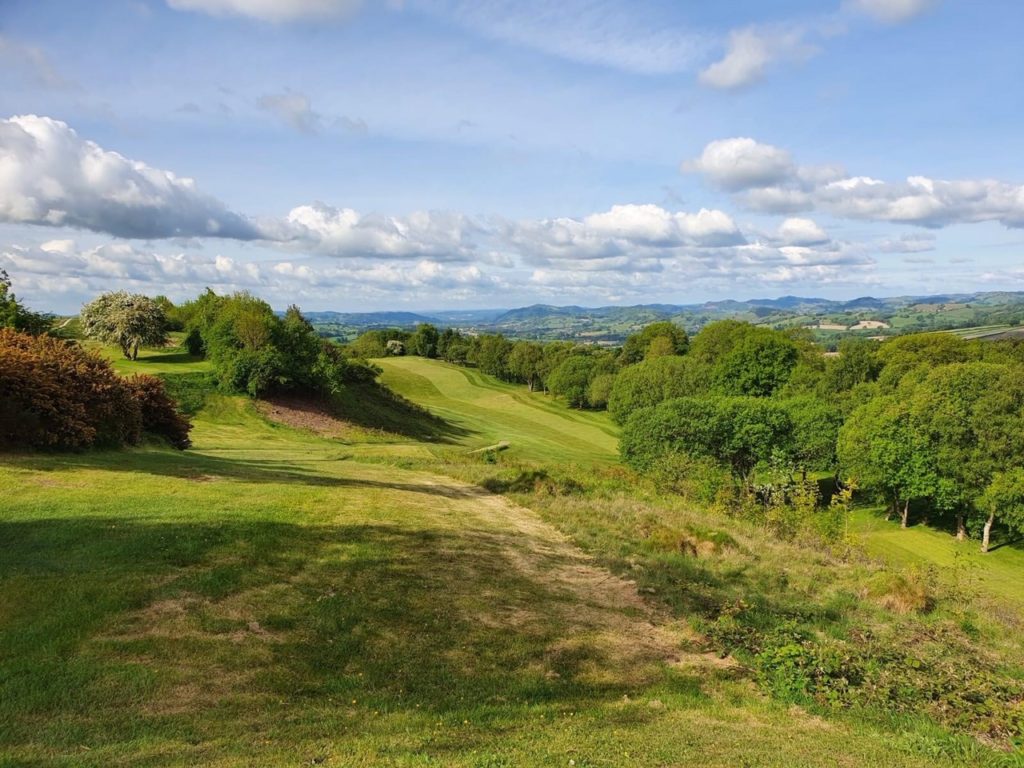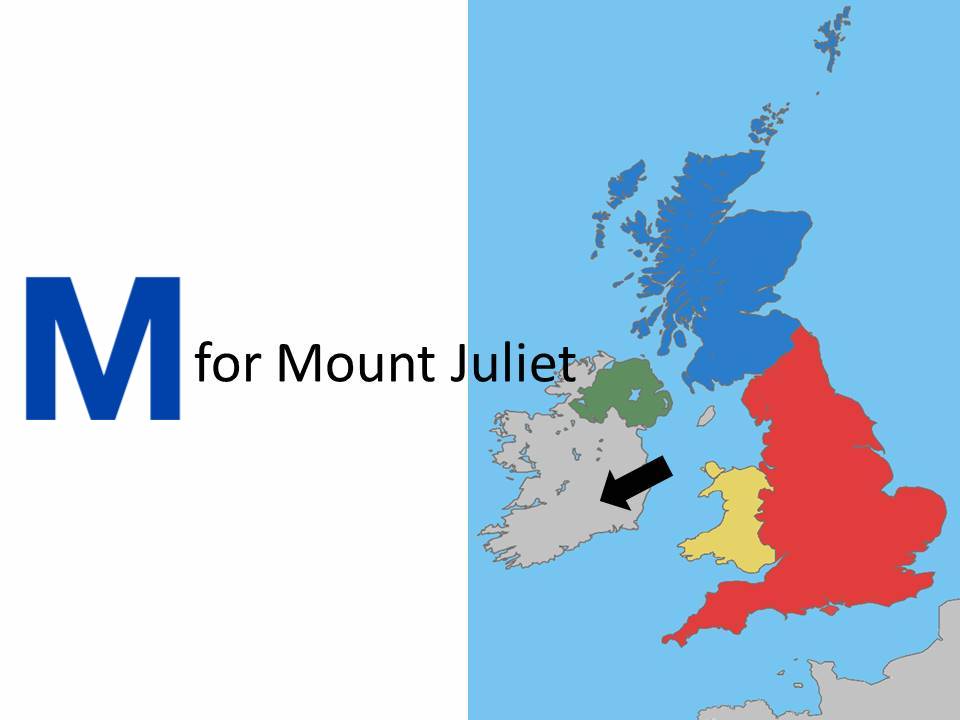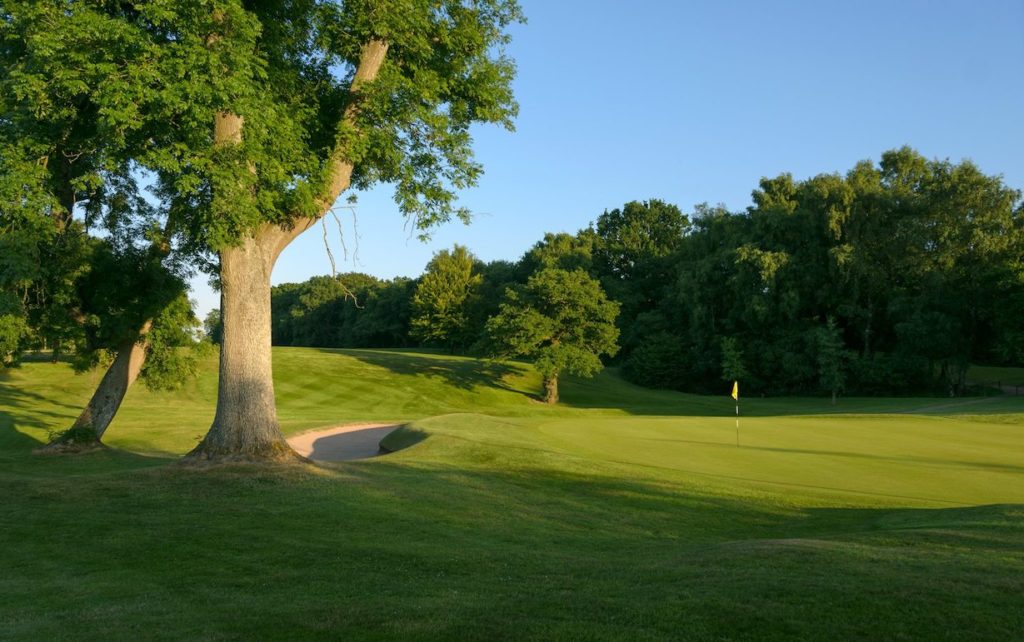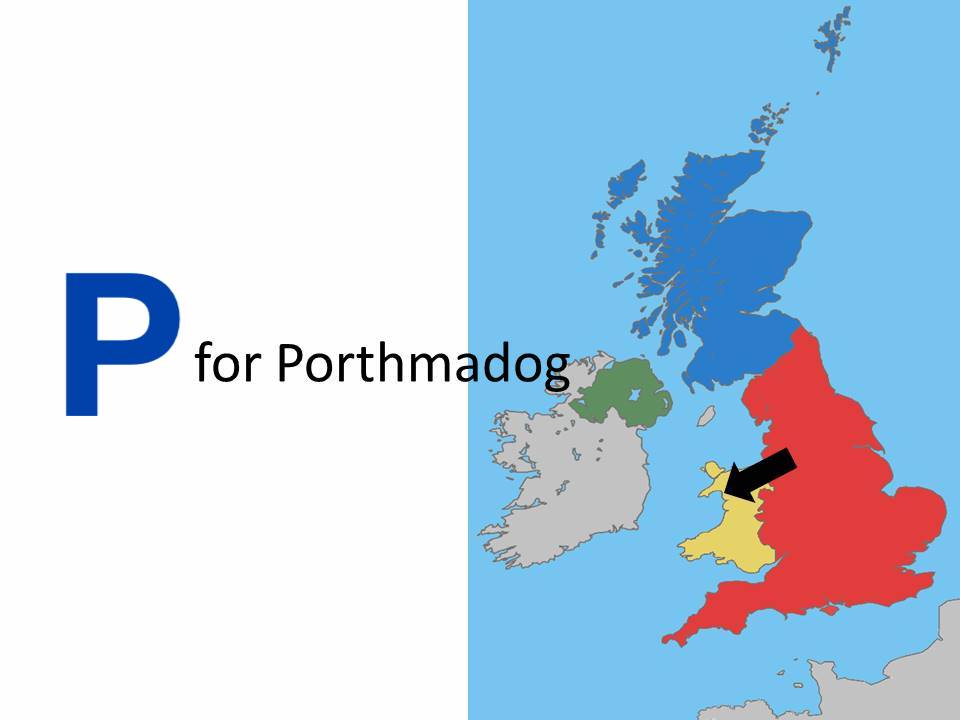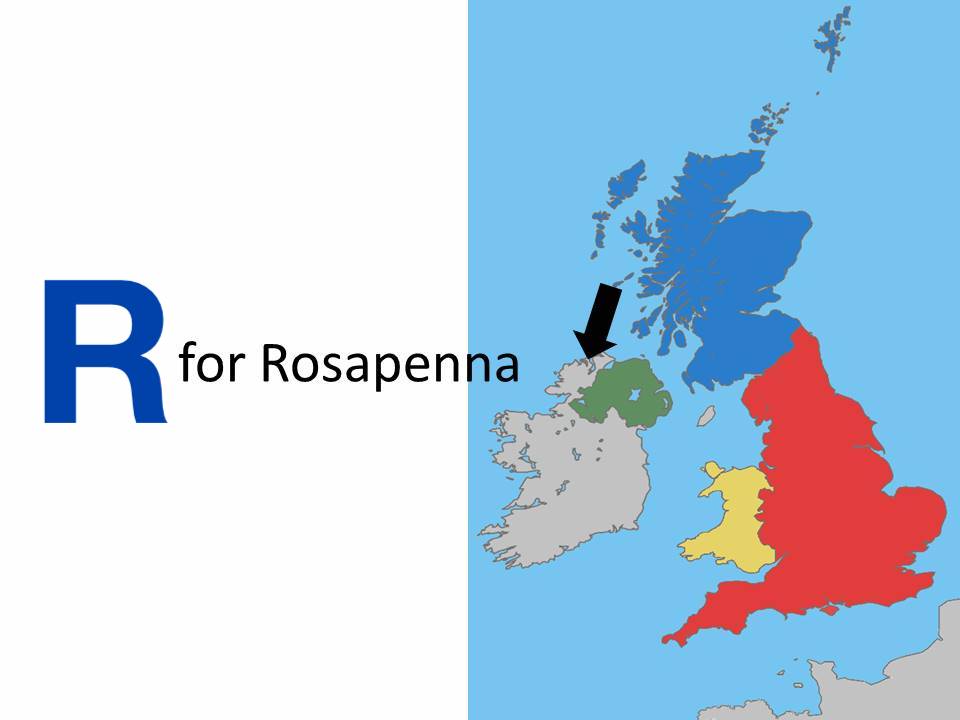I – Isle of Purbeck
GB&I Golf Course Review – Z to A
I am showcasing one golf club a day across GB & I over 26 days – in reverse alphabetical order. Full write up and more images can be found on http://golfgurugroup.blogspot.com. For more innovative, fun unique golf content, please subscribe to my social media channels
Instagram @sarah_thetravellingladygolfer
Twitter and Facebook @golfgurugroup

Isle of Purbeck
Corfe Rd, Studland, Swanage, BH19 3AB
When you’ve got a great course and some interesting history, you know you’re onto a winner for a good day out.
Founded in 1892
And originally opening as a nine hole course on Dene Hill in 1893 with 40 members, whose membership was just a guinea. In todays money that is one pound and five pence, pre decimalisation it was 21 shillings (a shilling being 5p).
Fast forward to relative recent history and its new owners being Mr and Mrs Darrell-Waters. Mrs Darrell-Waters, better known as Enid Blyton, the prolific children’s novelist maybe better known for characters such as Noddy and Big Ears. Taking inspiration from local characters ‘PC Plod’ was based on a cheerful, well known local policeman in the 1950’s.

Enid Blyton
was good golfer and was elected Lady Captain in 1951. During the Darrell-Waters ownership the course was extended to the 18 holes. Enid Blyton’s putter is still at the club awaiting its new display cabinet.
Next in line of ownership was another punchy name, Mr H B Randolph a recent retiree from his ownership of the Wilkinson Sword Company. A keen hobby golfer himself, he seized the opportunity to create an impressive clubhouse and bought out the land lease plus additional land. The 27 holes of today and the elevated clubhouse overlooking Poole Harbour are testimony to his desire to showcase the spectacular views. Uniquely the building material of the clubhouse is Purbeck Stone inset with giant fossils.

The Sword Bar
Was created in memory of his first wife. Randolph gave many swords away. There is a replica of the Golf Flaming Sword as presented to His Imperial Majesty Haile Selassie, the “Lion of Judah’, Emperor of Ethiopia. In another room is the Sword of Stalingrad, the original being presented to the people of Stalingrad during WWII. Many more swords decorate the clubhouse.
But what of the course itself?
I played 18 holes. Hole number 1 and 2 go away and back to the clubhouse. Crossing back in front of the club house is when the fun really starts. From hole 3 you are walking away with the club behind you. This heathland course is pretty in its own right, but once you get to the fifth, those views over towards Poole gives the game away as to what a special place you are in.

Holes 5 and 6 are the furthest away from the clubhouse on the front nine. I remember them being so peaceful. I was playing towards the end of the day, by myself just carrying my bag and enjoying the peace and quiet. It suddenly struck me that I was completely alone, just listening to the world go by as I hit my golf ball towards the dip to the 5th green.
As you play around the course
You cross around the back of the club house after hole 7. The golf course plays a little like a links course, but is probably best described as heathland, with a links feel. The course splays out returning to wrap its arms loving around the clubhouse and embrace the vista view once more for the post round drinks.
Maximising the space, the holes play in different directions, thereby offering a complete challenge in golf.
The late Peter Allis said
“I’ve always felt the Club is certainly one of the most spectacular in the whole of the UK and the general ambience of the Club and course is absolutely delightful.”
I guess he was in good company with his thoughts as the late King Edward also declared the view from the fifth tee as one of the finest in British golf.
Purbeck is a peninsular of land bordered by water on three sides. The English Channel are to the South and East. The Dorset Coast, the Jurassic Coast with its high imposing cliff tops adds drama to this wonderful location.










